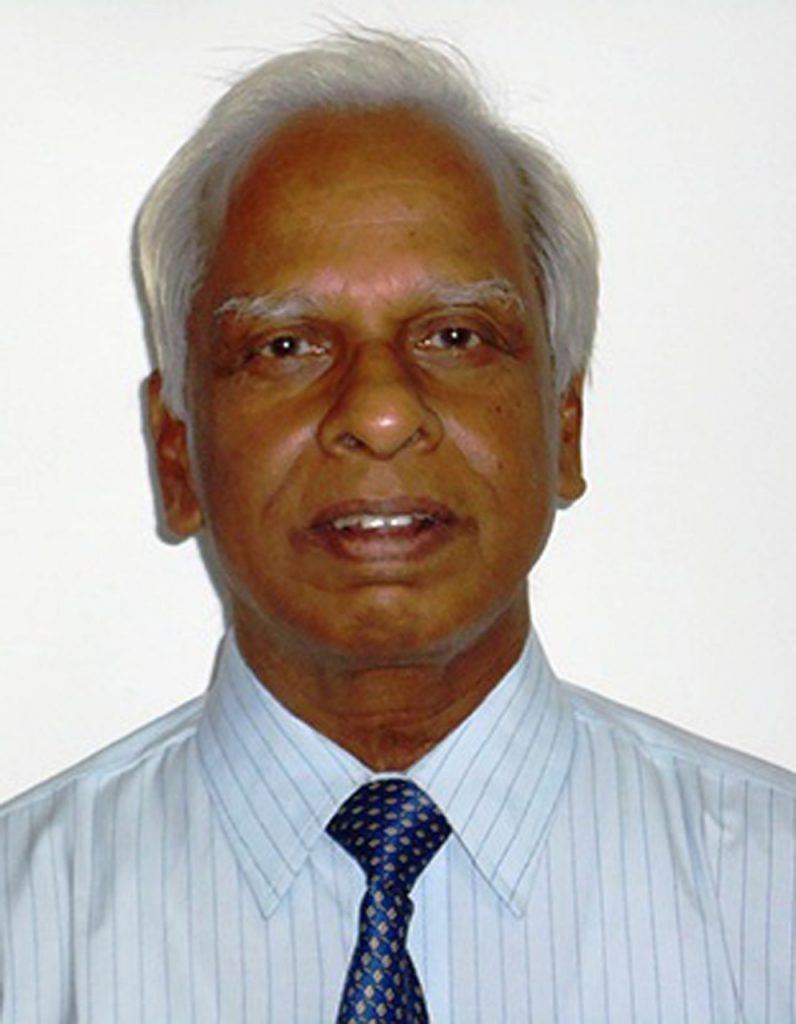This must have been about forty years ago. While doing his field work in the villages in the Orissa- Bengal border, a very senior and much respected linguist friend of mine had noticed that the people in these parts spoke neither Odianor Bengali; what they spoke was a curious mixture of the two, and when asked what language they spoke, some said Odia, some said Bengali. To those who said “Odia”, he asked how come then that they were using so many Bengali words. And those who said “Bengali”, he asked whether they knew that they were using quite a fewOdia words.Sick of that interrogation, the villagers told him to ask their village mukhias about such things. Now, the mukhias, that is, the gram panchayat chairpersons, did not have any doubt in their mind as to what language they and the people in their own villages spoke. A few said “Odia”, many said “Bengali”. The mukhia’s word was final. No ordinary villager, he wouldn’t entertain any questions. If the researcher was dissatisfied with his answer, it was his problem.
Let us call this Odia-Bengali or Bengali-Odia mixture a “mixed “language. It will displease the linguist because they use this term to refer to a different type of language. So what! Just because the scientists call our beautiful flower lotus “nelumbonucifera” – what a funny name! -do we have to call this lovely thing that! We have no problems with the same object having two different names in two different lexicons.
Now a friend tells me that if today we ask the gram panchayat chairpersons in those very villageswhich language they speak, everyone will say “Bengali”. It is not that the nature of what they speak has changed drastically – the mixing continues. What has changed is their language loyalty and it hasto do with their perception of which of these two languages is associated with political and economic power.
People communicate with one another and hardly care to think which language they speak. Such things matter to only the educated people. Now it is not that the language- conscious educated love their language more than the so-called ordinary people. It is just that busy meeting the challenges of day-to-day living, the common people do not have the time to think about things such as language and culture.They go by what their local elite tells them.
In any case, the professor was dissatisfied with that situation.Unable to live with discontent, he organized a national seminar, called fellow linguists of all ages and sought an answer from them.After all, isn’t it the case that the specialists knows or should know whatthe ordinary people don’t? Isn’t it his(her/ their) job to tell them what they don’t know? In this specific case, he should name the boli (the speech) of the people and tell them the name.By the way, naming – anything, not just language, is a time-taking cultural activity; so naturally those who are blessed with leisure can engage in the same.
Over some authentic South Indian coffee, rich in aroma and flavor, our generous host asked us what that mixed language could be called. “Give me a name for this language”, he said. We were no Shakespeare; only he could give things and nothings a name. We couldn’t give him a name that pleased him.
Talking about names, there are trees,waterfalls, mountain springs, water bodies, hills and mountains that have no names because no stories are associated with them; they have no past to remember. No one gave the hill in my new village a name; no sage had meditated there. No Pandava had bothered to set his foot in my village andhad bathed in our village pond; so it has remained nameless. Lord Shiva “created” the water body so that goddess Parvati could quench her thirst and what a beautiful name that water body has! – “Bindusagara”. Who gave that name to that tank– the creator or someone later – we do not know. You give a name to a hill or a pond or a tree, etc. that stands out for one reason or the other. The rest remain nameless.
By the way, we were not unfaithful to that wonderful coffee. We suggested to our host that the mixed language could be called an “upabhasa” or dialect of either language, but he wasn’t comfortable with that. That would be politically incorrect, he said.Besides, no gram pachayat chairman would feel good about the experts in Kolkata or Bhubaneswarcalling his “bhasa (language)”“upabhasa” – something inferior. About that they were not wrong; people call some so-called non-standard dialect “substandard” but no one ever says about some language that it is sub-standard. In our country, for our languages, we have labels like “official”, “scheduled”, “developed”, “classical”, “foreign”, “native”, “endangered”, etc. but there is no label “substandard”. “Why not have a “neutral” name, asked our host. Now, between you and me, have you heard of a mixed language having a name, which does not contain the name or the names of the languages mixed?
The coffee was over; it was getting late. A cheeky youngster suggested that the boli be called “Sundari(beautiful)”. Till this day, I do not know whether he said it in jest or earnest.With a small frown, the host dismissed it as too non-serious and entirely non-academic.
Then one of us asked whether any major Indian language today is “pure” (that is unmixed). No one bothered to respond. We were getting late for dinner. The wise know that there’s a time for everything: there’s a time for fish fry and chicken masala, as there’s a time for mixed language. The host and his guests let the matter rest there. The “language” under reference remained unnamed like the pond and the hill of my new village.

Incidentally, mixed languages are by no means restricted to the border areas. It is not an aberration; it is in fact the norm, wherever people are exposed to more than one language. ManyOdias use English-mixed Odia in their day-to-day interactions. When they speak, often English words creep into their expression unobtrusively. Now, I do not have in mind English words such as school, hospital, bus, bench, hotel, phone, petrol, cinema, cycle, etc., which, as far as I am concerned, have become part of the Odia-speakers’ vocabulary. I have in mind words and little phrases such as “and”, “so”, “I think”, and many more. In television programmes I have heard people, young, not-so-young and elderly, connecting two Odia sentences with the English conjunctions, such as “and”, “but”, “so”, etc. I have heard people on television using “I think” as a sentence-introducer in an Odia sentence and sometimes as a “hedge” (hedge is an expression used to express hesitation, uncertainty, etc.) as well.What is interesting is that they use these expressions while criticizing fellow Odia speakers for using English words when they speak, even when their Odia equivalents are available. Are there no Odia equivalents of “and”, “but”, “so”, etc.? I have heard people saying “gitabahut hi bhalalagila (I liked the song a lot)”, where the emphasizer “hi” is from Hindi. Now, doesn’t Odia have an equivalent word for “hi”?
Language activists everywhere in our country, not just in Odisha, by and large, strongly disapprove of such mixing. Some think that those who use English words, in particular, do so to show off. Not really, in my opinion. Now, tell me, have you heard anyone saying “patato (potato) / phis (fish) dara ajikana (what’s the price of the potatoes / fish today?)”. I haven’t. Neither have I heard anyone saying “mahaprasada dalmare patato padeni (Potato is not used in dalma mahaprasad – dalma offered to Sri Jagannath in Puri)”. When asked “kuade jaucha (where are you going?)”, I have never hear the addressee saying “templku (to the temple)”. The biggest show off you know would not mix like this. No, mixing has nothing to do with showing off.
Where on earth would you find a place where people are exposed to two or three languages and yet they do not mix words from these languages in their normal interactions? In Odisha, you go to school, you are exposed to English, you use the internet, and you are exposed to English. You watch Hindi films and serials, and listen to Hindi songs and the commentaries on international sporting events in English or Hindi. This being the nature of your language exposure, can you really reasonably expect any Odia speaker to speak unmixed Odia in spontaneous, day-to-day conversation? Mixed language is natural; frowning on it is pointless. It’s a different matter when you write. But is it, really? This, for another piece!
(The views expressed are the writer’s own)

Prof. B.N.Patnaik
Retd. Professor of Linguistics and English, IIT Kanpur
Email: [email protected]
(Images from the net)

